- Author Jason Gerald [email protected].
- Public 2023-12-16 10:50.
- Last modified 2025-01-23 12:04.
Microsoft usually makes interface changes when a new version of Office is released. 2013 is a radical change if you haven't upgraded your Office 2003 (or earlier). The menu at the top of the window disappears and is replaced by various tabs. Although the tabs are generally similar to the previous menu, the Tools menu is completely gone. All the functions are still there, it's just scattered in other tabs.
Step
Get to know Outlook 2013
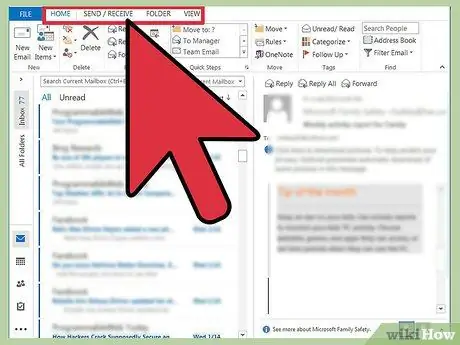
Step 1. Use the tabs at the top to access the different functions
Traditional menus are essential in Outlook, and most of the functions you used to access can now be found along the tabs at the top of the screen.
Some tabs may only be available when certain windows are open. For example, the Messages tab will appear when you are about to write a new message
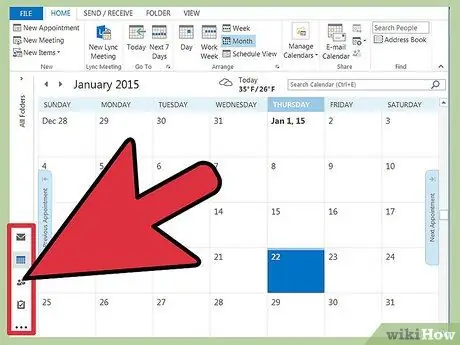
Step 2. Use the category buttons at the bottom to change the view
You can switch between Mail, Calendar, People, and Tasks positions by clicking the buttons at the bottom of the screen.
The functions on the tab will change depending on the display you are using. For example, the Home tab will look different in messages (Mail) and in calendars (Calendar)
Method 1 of 2: Finding the Various Functions of the Tools

Step 1. Find the "Send/Receive All Folders" function
Find on tab Send/Receive, which is on the left.

Step 2. Find the "Cancel All" function
This function can also be found on the tab Send/Receive, in the "Downloads" group.

Step 3. Find the "Address Book" function
This function can be found in the tab Message, in the "Names" group.
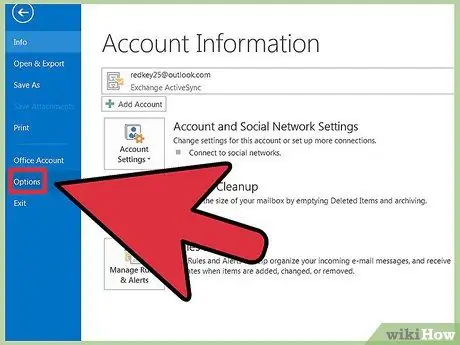
Step 4. Find the "Outlook Options" menu
This menu can be found on the tab File, at the bottom of the list of options.
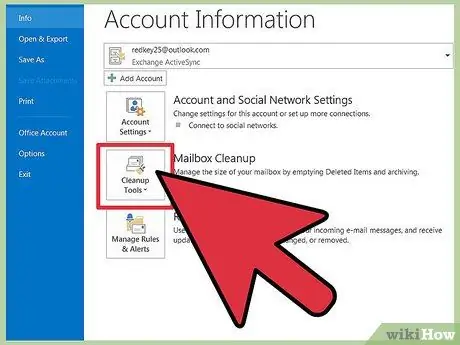
Step 5. Find the “Mailbox Cleanup” tool
This tool can be found in the tab File in the "Info" section. Click the "Cleanup Tools" button and select "Mailbox Cleanup".
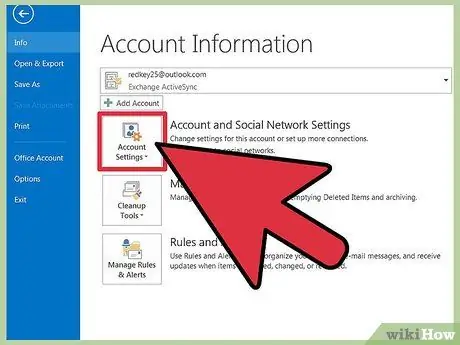
Step 6. Find the "Account Settings" menu
This menu can be found on the tab File in the "Info" section. Click the "Account Settings" button.
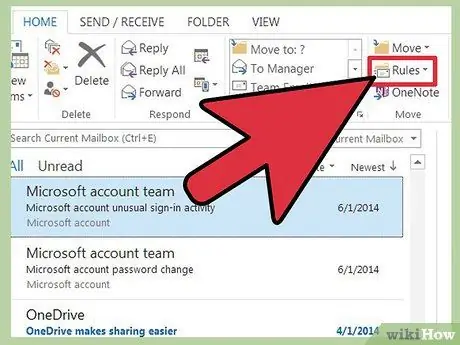
Step 7. Find the "Rules" menu
This menu can be found on the tab Home in the "Moves" section. Click the "Rules" button and select "Manage Rules & Alerts".
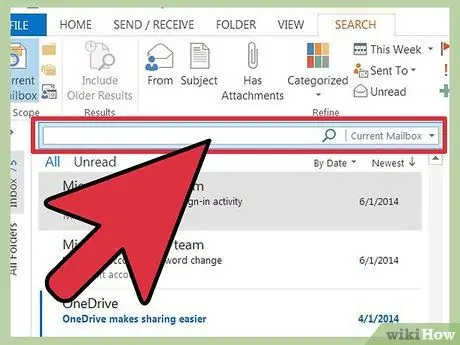
Step 8. Find the "Search" function
You can start a search using the inbox in the tab Home. The search bar is located above the contents of your inbox. Clicking on the search box can open a tab Search which contains all the search options.
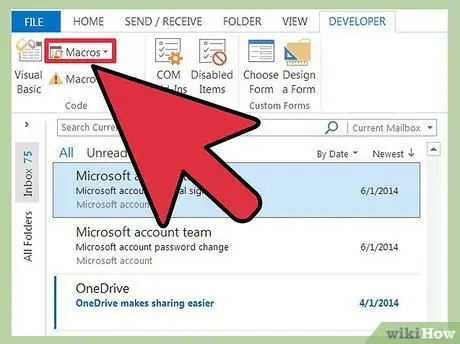
Step 9. Find the "Macro" option
Finding macro options in 2013 version will be more difficult and requires tabs Developer to be activated.
- Click tab File.
- Select "Options".
- Select the "Customize Ribbon" section.
- Select the "Developer" option in the right frame then press OK.
- Find the "Macro" option on the tab Developer in the "Code" section.
Method 2 of 2: Using Classic Menu
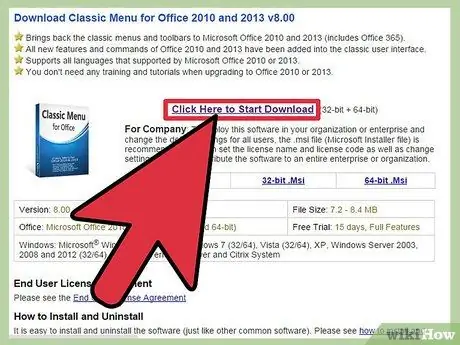
Step 1. Download the Classic Menu plugin
If you're not used to using Outlook's various tabs, you can download the Classic Menu plugin which will add old menus to Outlook and other Office programs. The plugin is not free, but has a trial period.
You can get it at addintools.com
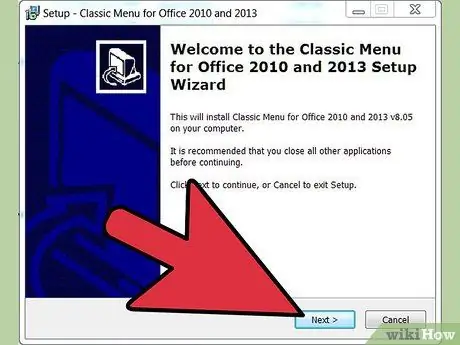
Step 2. Install the plugin
Download the trial version and follow the prompts that appear to pair it. You will be prompted to close all running Office programs.
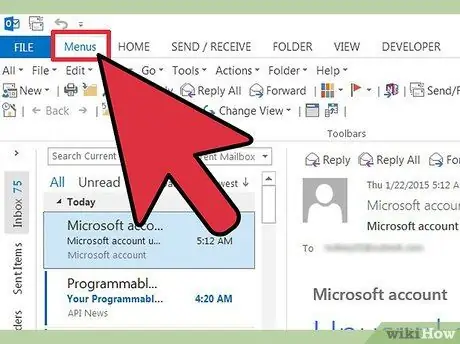
Step 3. Find the menu
When the plugin is finished installing you can run Outlook or any other Office program then click the tab Menu. All familiar menus can be found at the top of the tabs.






